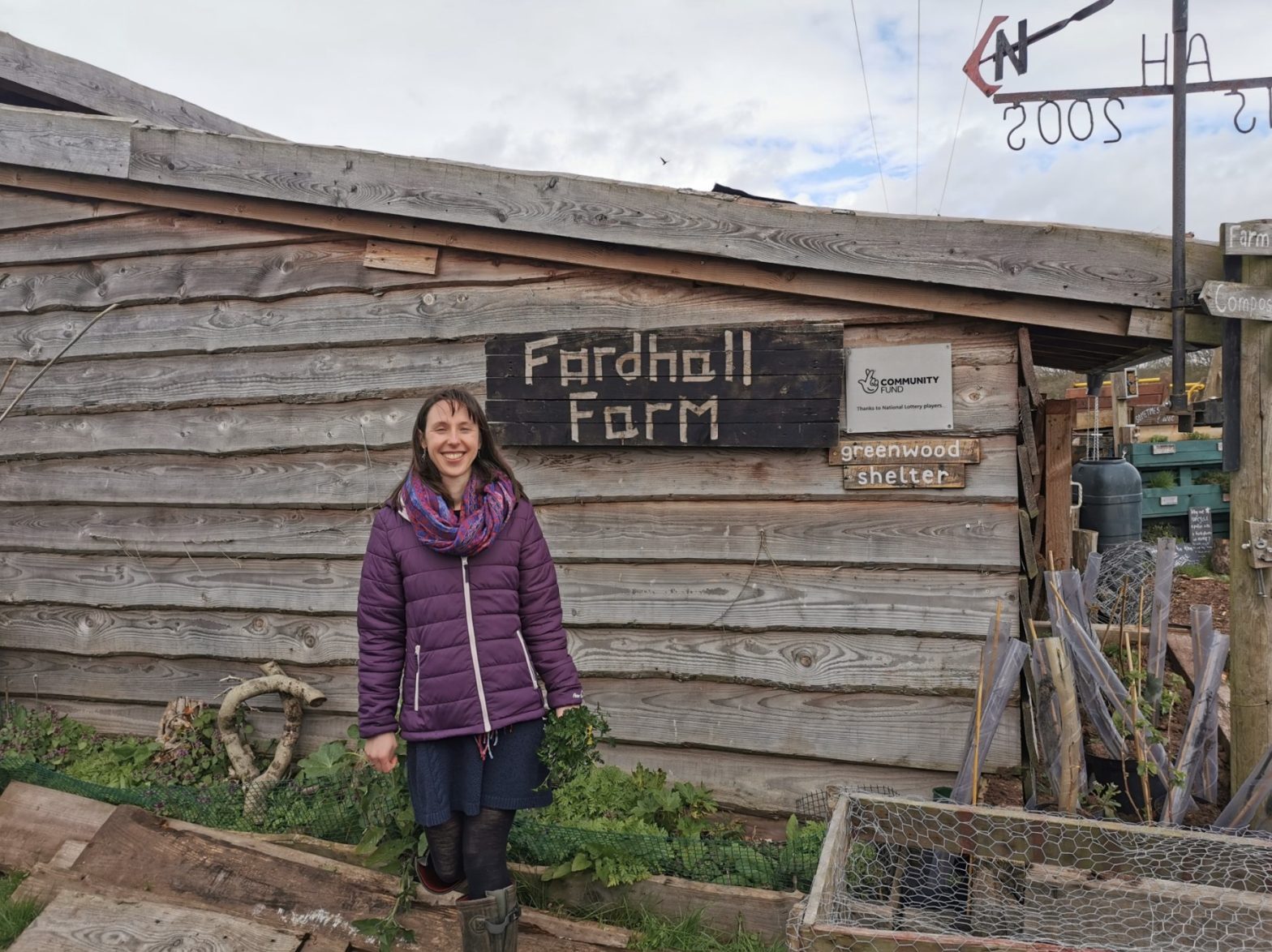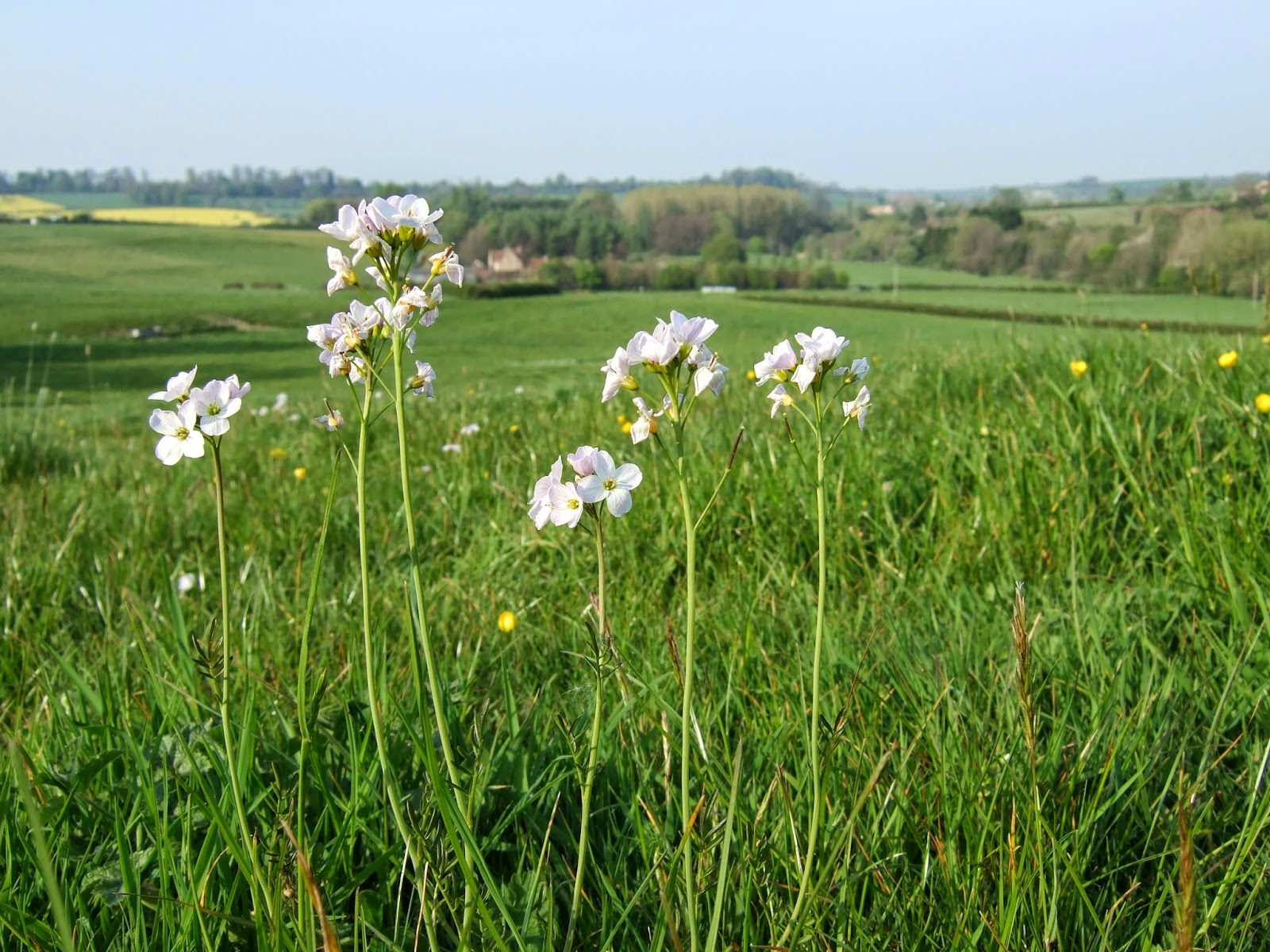Copy These! 5 Big Local Ideas About Community Ownership
Why have one owner, when you can have many? Community ownership is about protecting valuable assets for all.

Fordhall Farm in Shropshire is the UK's first community-owned farm.
1. Community power is right here, right now!
In December 2024, the Westminster Government published the English Devolution White Paper, setting out its plans to ensure more decision-making power is afforded to people locally. Within this white paper, was the announcement of a new Community Right to Buy – a strengthened policy to replace the Community Right to Bid, which had existed in England since 2012. This new legislation means that communities will be given first priority to buy assets of community value, to create community owned pubs, libraries, shops and theatres. Read more about this in our blog about the We’re Right Here campaign.
2. Let space be space.
Save Open Spaces (SOS) Frome initiated a community share offer in late 2014, after an area of open green space, Whatcombe Fields, came up for auction. With nearly 300 shareholders, the group managed to raise the £325,000 needed to purchase the land, and it is now owned and managed by the group, a Community Benefit Society. Following the purchase, there were discussions about what should be done with the land, and many ideas were put forward including more allotments for the town, and even a pool for open water swimming; but the members voted instead to simply leave the fields as they were. Open, green space, suitable for dog walking and other recreation. Hear more about this initiative in the Carbon Copy Podcast: Take Community Ownership.

3. Give yourselves time to process…
A community interest company, community benefit society and other models of community owned organisations are still businesses – and need to be run as such. Jubilee Farm was the first community-owned farm in Northern Ireland. The farm provides a range of services – from supplying fresh produce to local food businesses, to supporting people with learning disabilities, refugees and asylum seekers through Care Farming. Founding member Matt Williams, speaking on the Carbon Copy Podcast had this advice for anyone considering a similar project:
“I think processes are really important. And as you start an organisation to have really good, clear processes, even just for how you do administration, how you do emails, who’s responsible for what, how you do your finances, even when you have a small amount of money or none in the organisation, getting that kind of thing right from the beginning makes it much easier when you start to expand and develop.”

4. It takes a village (and Government support helps too!)
In December 2024, the UK Government announced that the final round of the Community Ownership Fund (COF) would not go ahead. Since 2021, this funding pot had awarded £135 million to 409 projects across the UK, with 283 projects in England, 57 projects in Scotland, 30 projects in Wales, and 39 projects in Northern Ireland; helping to take assets into community ownership for the benefit of everyone in the local area.
Whilst the Devolution White Paper will have a positive impact for some planned projects in England, as Mark Walton, Founder and Director at Think-and-do tank Shared Assets writes in this blog, the closure of the COF leaves a big gap in support for communities elsewhere in the UK and those who are looking to collectively purchase land or buildings that don’t meet the Government’s definition of “Assets of Community Value.”

5. It’s the (local) economy, stupid!
When land, property and businesses are privately owned, any profits that are created go straight back into the coffers of the private owners. Great for those people – less useful for the rest of the community. Some private owners may choose to be philanthropic, investing in the local area or into causes that mean something to them; but there is no requirement for this, and so in many cases the benefits of a privately owned entity remain entirely with that private owner.
With community ownership models, profits are distributed. In South Wales, profits from two community-owned energy projects: Awel Aman Tawe windfarm co-op and Egni solar co-op, have funded the purchase and development of a new multi-purpose hub that will support community, sustainability, and innovation. The hub, which is due to open in autumn 2025, will bring huge social and economic benefits to the local area in Neath Port Talbot, and has been developed based on specific local needs, and the input of over 1500 local people.

Take Community Ownership is the latest focus in Carbon Copy’s 25 Big Local Actions in 2025 campaign. For more information about this and to discover a local action that’s right for you, visit our campaign landing page.
Recommended from Carbon Copy
-

Copy these! 5 big local ideas about being more inclusive
Those who feel the impacts of climate change most keenly are often left out of environmental policy conversations. How can…
-

Copy These! 5 Big Local Ideas About Using Decentralised Energy
Communities around the UK are generating their own electricity - through solar, hydro and wind. But how can they ensure…
-

How to Choose a Sustainable Christmas Tree: Real vs Fake
As you’re gearing up for the festive season, the question of which Christmas tree to bring home might come up.…
-
 Food and Agriculture, Good Food, Greater Fairness, Health & Wellbeing, Less Waste, Thriving Wildlife
Food and Agriculture, Good Food, Greater Fairness, Health & Wellbeing, Less Waste, Thriving WildlifeCopy These! 5 Big Local Ideas About Creating A Food Partnership
We all need to eat, and a food partnership is a great way to create a stronger, more sustainable, more…